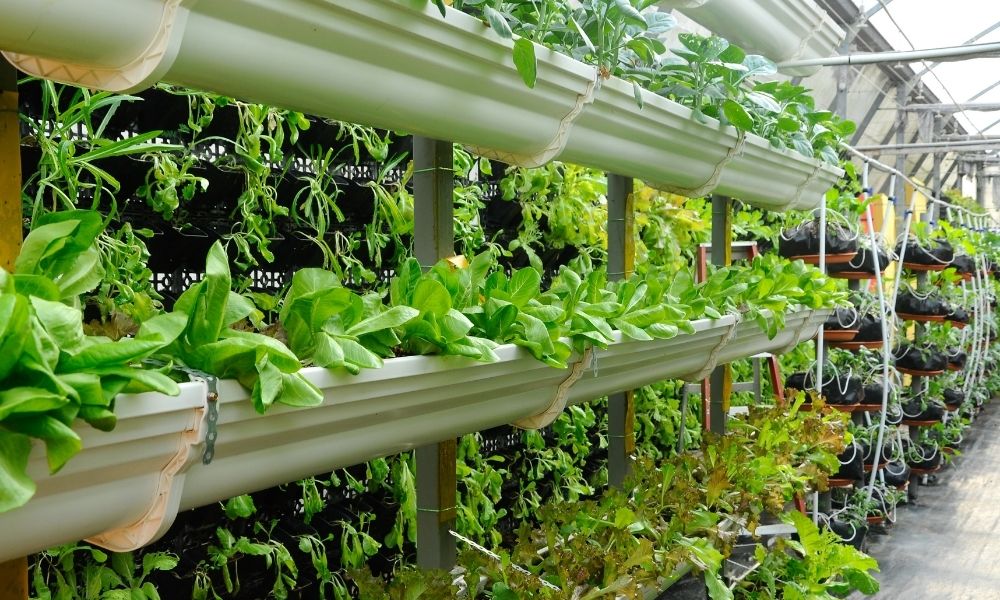
Vertical Farming vs. Normal Farming
In the past, farming required large tracts of land to grow crops. Today, people are looking for new ways to produce food more efficiently and with lower costs. One solution is vertical farming, which uses fewer resources than traditional agriculture while providing fresher produce. But, what’s the difference between vertical farming and normal farming? Read on to learn more.
What Is Vertical Farming?
Vertical farming is an agricultural technique where professionals grow crops vertically, in stacked layers in a controlled environment. Plants typically grow in hydroponic or soilless systems, with farmers manipulating conditions (such as light, temperature, and humidity) to ensure optimal growth.
These farms usually operate in warehouses or other urban buildings and may use artificial lighting instead of sunlight. They don’t require large amounts of land to produce crops because they’re grown indoors, where space isn’t an issue.
Benefits of Vertical Farming Compared to Normal Farming
The differences between vertical and normal farming come down to the benefits. There are many advantages associated with growing crops vertically that aren’t possible when using traditional farming methods. Benefits include:
Reduced Water Usage
Vertical farming uses less water than traditional farming. Farmers cultivate crops in soilless systems, so they require minimal water for each plant to thrive. Much of the water is wasted on the soil in conventional agriculture as it evaporates or runs off. This method makes vertical farming ecologically sustainable, so it’s a good option for areas where water is scarce.
Uses Less Land Resources
Vertical farms can exist in urban areas where there is limited space. They don’t require large areas of land to produce crops because they’re grown indoors and stacked vertically. This method reduces the amount of farmland needed to grow food.
Decreases Transportation Costs
Transportation costs have increased drastically due to environmental concerns and high fuel prices in recent years. Vertical farming addresses these issues by providing locally grown produce right in your neighborhood or city center! This means you can purchase fresh fruits and vegetables without using vehicles that burn fossil fuels during transit. Vertical farming lowers greenhouse gas emissions and saves money, too!
Increases Food Quality and Nutrition
Vertical farming allows for better control over growing conditions. The crops thrive in a controlled environment where farmers can adjust the light, temperature, humidity, and other factors to guarantee growth. This results in higher quality produce with rich nutrients. Since crops aren’t traveling long distances between farms and consumers, they retain their health benefits and taste better, too.
Reduces Waste Products From Farming
Traditional farms use pesticides like insecticides or herbicides on their fields, often contaminating our water sources. However, vertical farming doesn’t need any of these chemicals and creates virtually no polluted runoff! In addition, since vertical farms can operate in urban areas, any generated waste is easily recyclable.
Final Thoughts
Vertical farming is quickly becoming the future of agriculture. With the world’s population quickly growing, we will need to find innovative ways to produce sustainable and efficient food. Vertical farming is an excellent option because it addresses large-scale issues and provides practical solutions.
